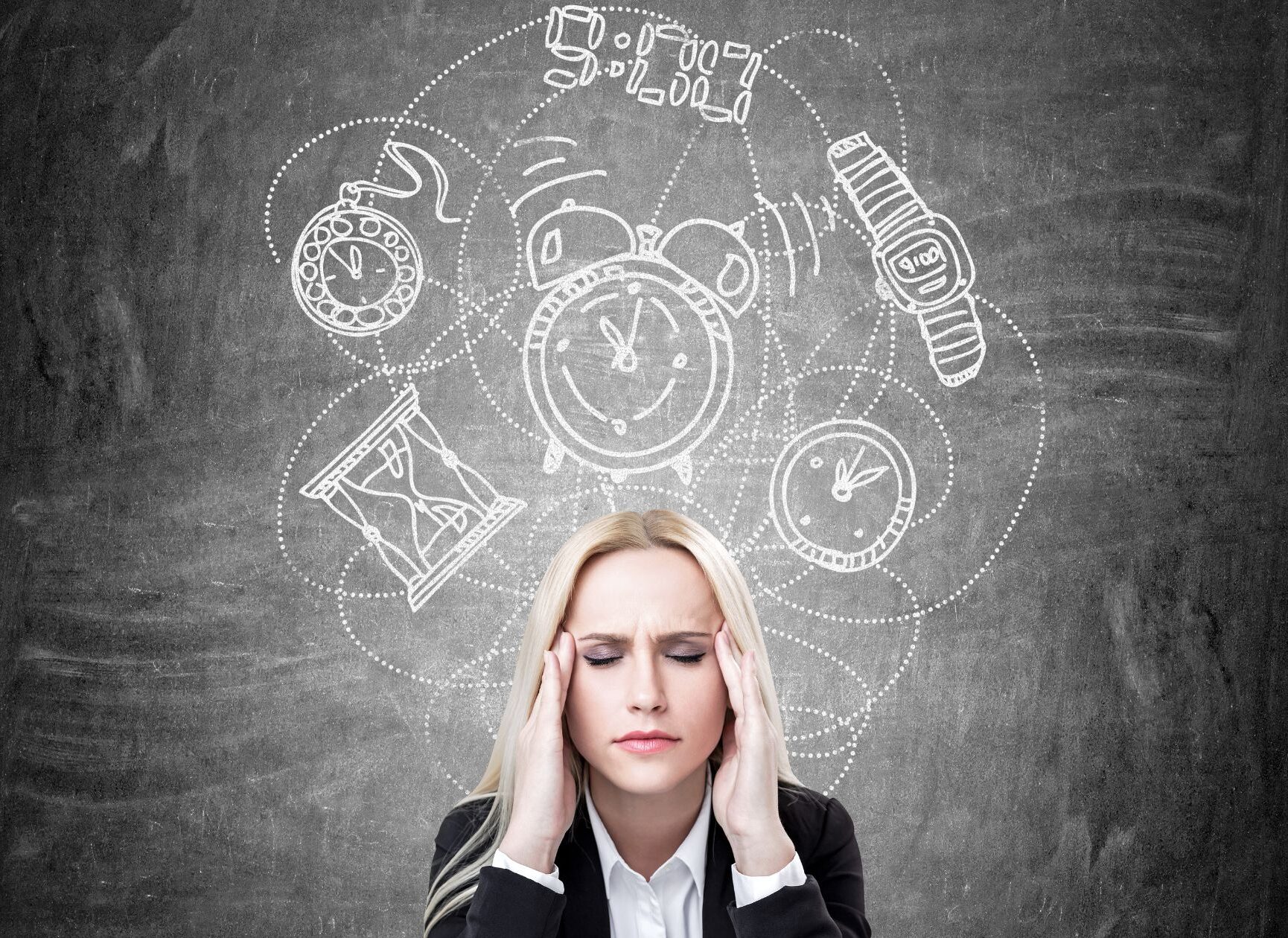Migraine, a complex neurological condition, unfolds in distinct phases, each presenting unique symptoms and challenges.
Understanding these phases is essential for effective management. Physiotherapy offers valuable insights and interventions to address migraine symptoms throughout the various stages of an attack.
In this blog, we explore the phases of a migraine attack and the role of physiotherapy in mitigating its impact.
The Phases of a Migraine Attack:
- Prodrome Phase: The prodrome phase precedes the onset of headache and may last hours to days. Symptoms include mood changes, food cravings, fatigue, and increased thirst. This phase serves as a warning sign, alerting individuals to an impending migraine attack.
- Aura Phase: Not all migraineurs experience aura, but for those who do, it typically precedes the headache phase. Aura involves neurological symptoms such as visual disturbances, sensory changes, and speech difficulties. Aura symptoms typically last less than an hour but can be frightening and debilitating.
- Headache Phase: The headache phase is characterised by throbbing, intense head pain, often accompanied by nausea, vomiting, and sensitivity to light and sound. This phase can last from a few hours to several days, severely impacting daily activities and quality of life.
- Postdrome Phase: Following the headache phase, individuals may experience a postdrome or “migraine hangover.” Symptoms include fatigue, cognitive impairment, mood changes, and generalized body aches, persisting for hours to days after the headache subsides.
Physiotherapy Interventions:
Physiotherapy interventions aim to alleviate migraine symptoms, improve function, and enhance overall well-being throughout the various phases of an attack. Evidence-based approaches supported by recent literature include:
- Exercise Therapy: Aerobic exercise has been shown to reduce migraine frequency and severity, as well as improve mood and quality of life. A systematic review by Luedtke et al. (2015) found that exercise interventions led to significant reductions in migraine days per month and migraine-related disability.
- Manual Therapy: Manual therapy techniques, such as spinal mobilisation, have been shown to provide relief from migraine symptoms. A randomised controlled trial (RCT) by Chaibi et al. (2014) demonstrated the effectiveness of manual therapy in reducing migraine frequency and intensity.
The bottom line…
Understanding the phases of a migraine attack is crucial for effective management and symptom relief.
Physiotherapy offers valuable interventions throughout the migraine cycle, from the prodrome to the postdrome phase. By incorporating exercise therapy, manual therapy techniques, and patient education, physiotherapists empower individuals to better manage migraine symptoms and improve their quality of life.
Don’t suffer in silence! Call us on 1800 43 23 22 or find us online to book an appointment and start treating your headaches and migraines today!
References:
Chaibi, A., Tuchin, P. J., & Russell, M. B. (2014). Manual therapies for migraine: a systematic review. The Journal of Headache and Pain, 15(1), 67.
Luedtke, K., Allers, A., Schulte, L. H., & May, A. (2015). Efficacy of interventions used by physiotherapists for patients with headache and migraine—systematic review and meta-analysis. Cephalalgia, 35(5), 436-449.
Written by:









